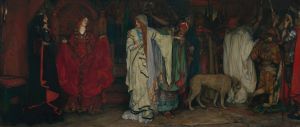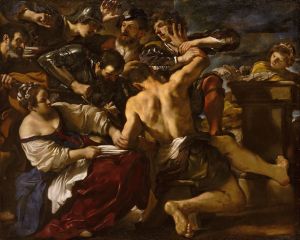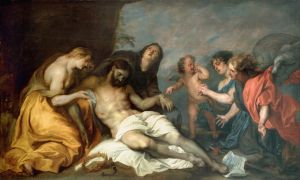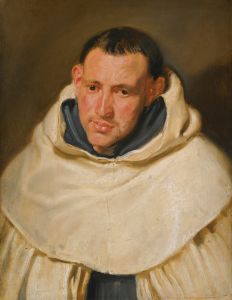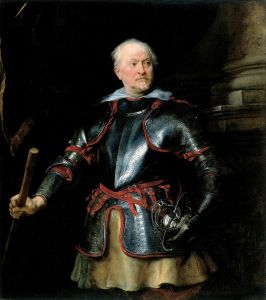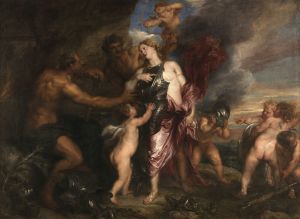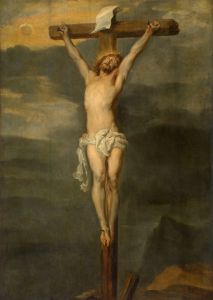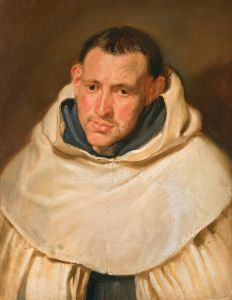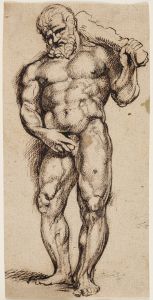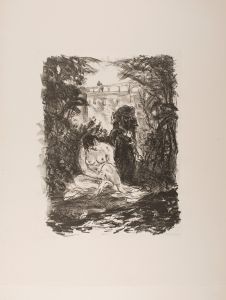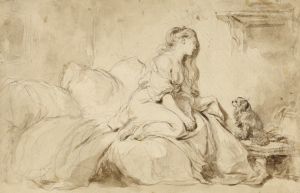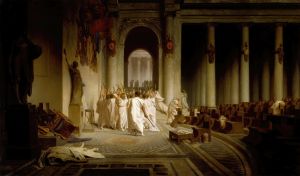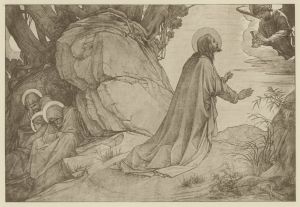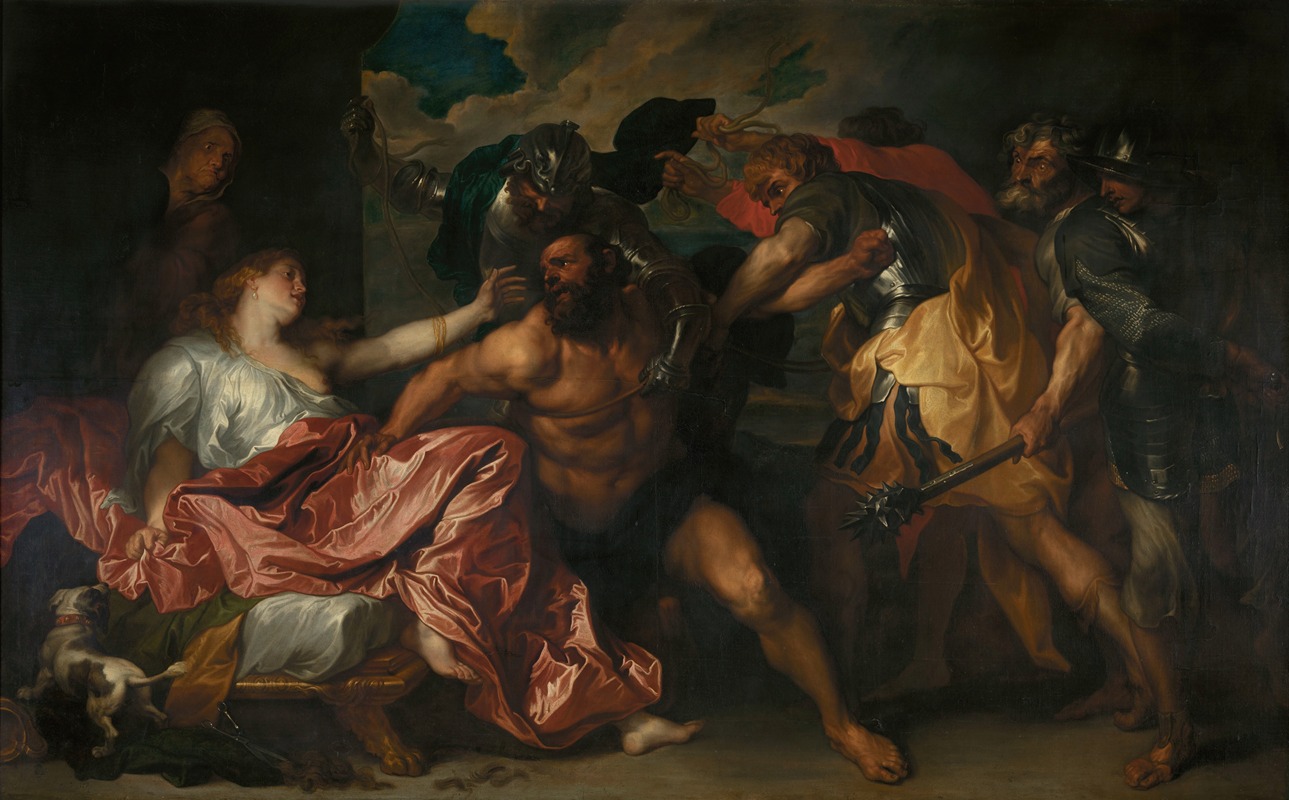
Samson and Delilah
A hand-painted replica of Anthony van Dyck’s masterpiece Samson and Delilah, meticulously crafted by professional artists to capture the true essence of the original. Each piece is created with museum-quality canvas and rare mineral pigments, carefully painted by experienced artists with delicate brushstrokes and rich, layered colors to perfectly recreate the texture of the original artwork. Unlike machine-printed reproductions, this hand-painted version brings the painting to life, infused with the artist’s emotions and skill in every stroke. Whether for personal collection or home decoration, it instantly elevates the artistic atmosphere of any space.
"Samson and Delilah" is a painting by the Flemish Baroque artist Anthony van Dyck, created around 1630. Van Dyck was a prominent painter of the 17th century, known for his portraits and religious works. This particular painting depicts the biblical story of Samson and Delilah, a popular subject in art due to its dramatic narrative and moral themes.
The story of Samson and Delilah is found in the Old Testament, specifically in the Book of Judges, chapters 13 to 16. Samson, a Nazirite with extraordinary strength, falls in love with Delilah, a woman from the Valley of Sorek. The Philistines, who are enemies of Samson, bribe Delilah to discover the secret of his strength. After several attempts, Samson finally reveals that his strength lies in his uncut hair. While Samson sleeps, Delilah orders a servant to cut his hair, leading to his capture by the Philistines.
Van Dyck's painting captures the moment of betrayal, a theme that resonates with the dramatic and emotional style of Baroque art. The composition typically includes Samson, Delilah, and a Philistine accomplice, often depicted in a dimly lit interior setting that enhances the tension and intimacy of the scene. The use of light and shadow, a hallmark of Baroque painting, is employed to highlight the figures and create a sense of depth and drama.
In "Samson and Delilah," Van Dyck demonstrates his mastery of capturing human emotion and interaction. Delilah is often portrayed with a mixture of seduction and treachery, while Samson is shown in a vulnerable state, emphasizing the tragedy of his downfall. The painting reflects Van Dyck's skill in rendering textures and details, from the softness of the fabrics to the expressions on the characters' faces.
Van Dyck's interpretation of this biblical tale is influenced by his training and experiences. He was a pupil of Peter Paul Rubens, another master of the Baroque period, whose influence is evident in Van Dyck's dynamic compositions and robust figures. Van Dyck spent time in Italy, where he studied the works of the Italian masters, further enriching his style with elements of the Italian Renaissance and Baroque.
The painting is part of Van Dyck's broader body of work that includes religious, mythological, and portrait subjects. His ability to convey complex narratives and emotions made him one of the leading artists of his time. "Samson and Delilah" exemplifies his talent for storytelling through art, combining technical skill with a deep understanding of human psychology.
Today, Anthony van Dyck's "Samson and Delilah" is appreciated for its artistic merit and its contribution to the Baroque tradition. The painting is held in various collections, and its exact location may vary as it can be part of traveling exhibitions or housed in different museums. Van Dyck's work continues to be studied and admired for its historical significance and its enduring impact on the art world.





